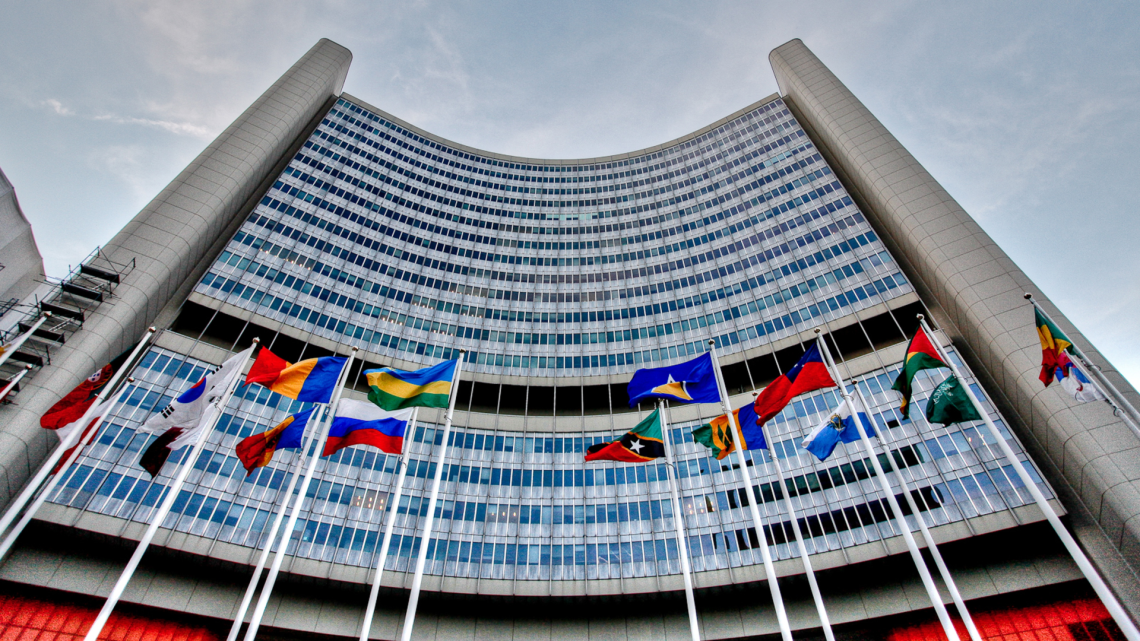Communication in the event of a nuclear incident: Lessons from international cooperation
In a world where every second counts, having the right information during a nuclear incident can save lives. At an international conference organised by the International Atomic Energy Agency (IAEA), the National Emergency Operations Centre at the Federal Office for Civil Protection (FOCP) seized the opportunity to improve its emergency communication for nuclear incidents. This blog post shares the key takeaways.
The IAEA’s role in a global context
The International Atomic Energy Agency (IAEA) plays a central role in global security and peace efforts in the field of nuclear energy. Founded in 1957 as an autonomous organisation within the United Nations, the IAEA aims to promote the peaceful use of nuclear energy and prevent the proliferation of nuclear weapons. The IAEA monitors nuclear power plants worldwide to prevent the use of nuclear technology for military purposes. It also plays a vital role in managing nuclear incidents and supporting countries with their national emergency responses.
As a founding member of the IAEA, Switzerland was invited to participate in the Technical Meeting on Public Communication in Emergencies. A staff member from the FOCP’s National Emergency Operations Centre (NEOC) attended the conference. She shares the key takeaways here.
The FOCP and protecting the population in emergencies
The FOCP is the national centre of expertise for civil protection. It sets the foundations for and coordinates key areas such as risk analysis, warning and alerting systems, training, telematics, protective infrastructure, and NBC protection and disarmament. Working with the cantons and other national and international partners, the FOCP has the expertise, technology, and infrastructure to manage emergencies and disasters.
The FOCP operates the National Emergency Operations Centre (NEOC), which has a special mandate in cases of elevated radioactivity. In such situations, NEOC informs, warns, and alerts the public, and issues guidance and instructions on what to do.
Incident communication in focus: NEOC at the IAEA
NEOC’s participation in the IAEA’s Technical Meeting on Public Communication in Emergencies has strengthened international cooperation in nuclear incident communication. By exchanging ideas with experts from around the world, NEOC has been able to refine its communication strategies and ensure that it can respond quickly and effectively to protect the public in the event of an incident. The meeting provided a platform for operational-level cooperation and the exchange of expertise among member states.
Key facts and findings

Around 60 countries from all continents took part in the Technical Meeting. The week-long event focused on sharing research findings and operational experience. Numerous use cases from local incidents were presented and discussed with participants. All of the presentations emphasised that effective communication is an integral part of incident management, not just a ‘nice to have’. Only clear, accessible and appropriate information from the relevant authority enables the public to respond correctly in the event of an incident. NEOC already uses multiple channels to issue notifications in its areas of responsibility, with the aim of reaching as many people as possible. With an eye to the future, the FOCP developed a multi-channel strategy for informing, warning and alerting the public in 2023. The strategy includes the introduction of cell broadcasts and the provision of notifications in machine-readable formats. You can find more information here: Multi-channel strategy for public information, warning and alerting.
The use of artificial intelligence (AI) and the resulting risk of disinformation were also central topics at the conference. Many governments already use various AI tools in their daily work. NEOC uses AI tools for social media and media monitoring, as well as for translating texts in the Alertswiss app. Disinformation will be addressed in the upcoming revision of the emergency plan.
The Technical Meeting also included an exercise based on the ConvEx-3* scenario, focusing on communication during an incident. Using the IAEA’s realistic training platform, which featured fictional news reports, fake news and social media accounts, teams were able to practise incident communication. NEOC plans to explore using the IAEA’s training platform for its own internal exercises in the future.
NEOC would like to thank the IAEA for the opportunity to participate in the conference.
* ConvEx-3 exercises are large-scale IAEA simulations that test international emergency response measures and capacities for severe nuclear or radiological incidents over several days.





